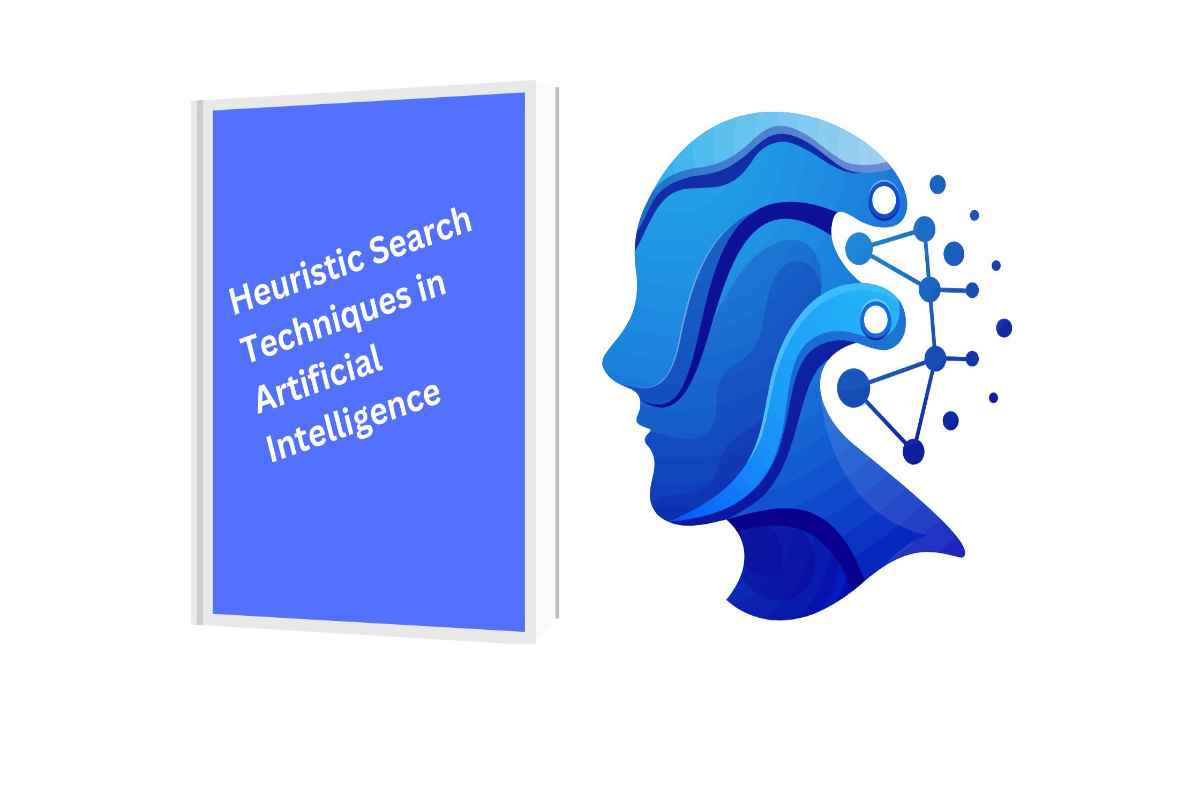In the world of AI, where efficiency and speed are paramount, heuristic search techniques in artificial intelligence play a critical role. From navigating autonomous robots to making strategic moves in games, these techniques power intelligent systems that require fast, optimal decision-making.
What is Heuristic Search?
Heuristic search is a method that uses heuristic functions—or informed guesses—to estimate the cost of reaching a goal from any given state. Unlike uninformed search algorithms such as Breadth-First Search (BFS) or Depth-First Search (DFS), heuristic techniques leverage domain-specific knowledge to improve efficiency. They are especially useful in complex environments where exhaustive search would be too time-consuming.
Key Heuristic Search Techniques in Artificial Intelligence
Several heuristic search techniques in artificial intelligence have become popular due to their performance and adaptability:
- A* Search: A blend of cost-so-far (g(n)) and estimated cost-to-goal (h(n)). A* is known for producing optimal solutions, provided the heuristic function is admissible. It’s widely used in robotics and gaming, such as in NPC pathfinding in games like Pac-Man.
- Greedy Best-First Search: Focuses only on h(n), the heuristic value. It’s faster but can be less accurate, making it ideal for smaller search spaces.
- Hill Climbing: Moves iteratively towards better neighboring states. It’s simple but prone to getting stuck in local optima, often used in optimization problems like the Traveling Salesman Problem.
- Simulated Annealing: Accepts worse solutions with a decreasing probability to escape local optima, mimicking the cooling of metal. Common in complex optimization scenarios like network routing.
- Beam Search: Limits the search to a set number of promising paths. This approach balances performance and quality and is widely used in natural language processing tasks such as machine translation.
Applications Across Heuristic Search Techniques in Artificial Intelligence Fields
The versatility of heuristic search techniques in artificial intelligence makes them applicable in a wide range of AI disciplines:
- Robotics: Used for real-time pathfinding and obstacle avoidance in autonomous machines.
- Game Playing: Powers decision-making in strategic games like chess and Go.
- Navigation Systems: Helps GPS and self-driving cars plan optimal routes.
- Natural Language Processing: Speeds up parsing, translation, and summarization by narrowing down search areas.
Advantages and Limitations Heuristic Search Techniques in AI
Advantages:
- Speed: Efficiently reduces the number of nodes to explore.
- Scalability: Works well in large and complex problem spaces.
- Flexibility: Adaptable across various AI applications.
Limitations:
- Optimality Not Guaranteed: A poorly designed heuristic might lead to subpar results.
- Implementation Complexity: Crafting effective heuristics requires deep domain knowledge.
- Local Optima: Algorithms like Hill Climbing may miss the global best solution.
The Future of Heuristic Search
As AI systems become more advanced, heuristic search techniques in artificial intelligence will evolve alongside them. By refining heuristic functions and integrating them with machine learning models, we can develop smarter and more adaptive algorithms. This will unlock even more potential in real-time decision-making systems—from smarter robots to more intuitive language models.
Also Read: What If AI Takes Over Your Role?
Conclusion:
Whether it’s enabling robots to navigate efficiently or helping games make smarter moves, heuristic search techniques in artificial intelligence are at the heart of many innovations. Their ability to make informed decisions quickly makes them indispensable in today’s fast-paced AI landscape.



